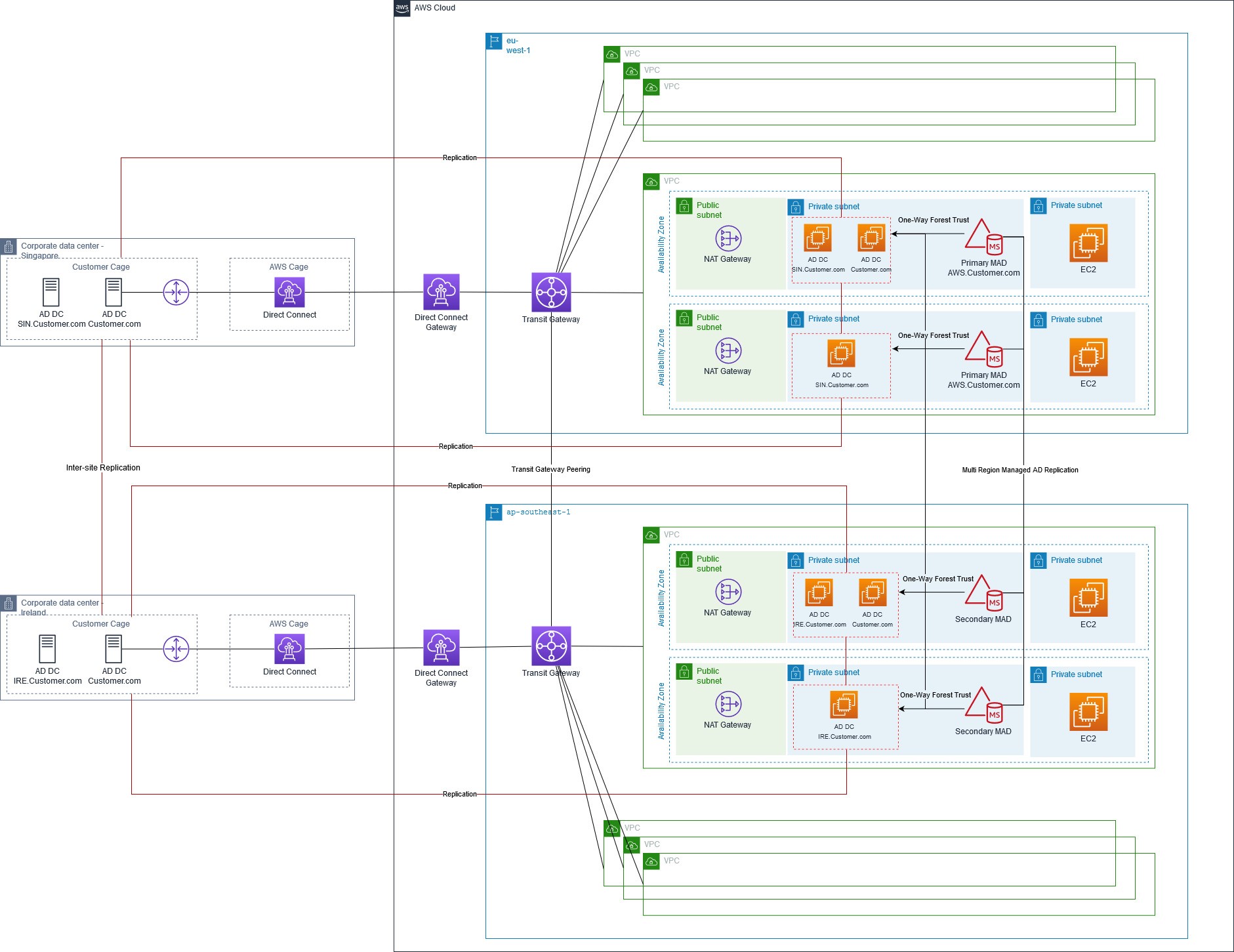AWS Architecture Blog
Category: Migration
From virtual machine to Kubernetes to serverless: How dacadoo saved 78% on cloud costs and automated operations
In this post, we walk you step-by-step through dacadoo’s journey of embracing managed services, highlighting their architectural decisions as we go.
Hybrid Cloud Journey using Amazon Outposts and AWS Local Zones
This post was co-written with Amy Flanagan, Vice President of Architecture and leader of the Virtual Architecture Team (VAT) at athenahealth, and Anusha Dharmalingam, Executive Director and Senior Architect at athenahealth. athenahealth has embarked on an ambitious journey to modernize its technology stack by leveraging AWS’s hybrid cloud solutions. This transformation aims to enhance scalability, […]
Seamlessly migrate on-premises legacy workloads using a strangler pattern
Replacing a complex workload can be a huge job. Sometimes you need to gradually migrate complex workloads but still keep parts of the on-premises system to handle features that haven’t been migrated yet. Gradually replacing specific functions with new applications and services is known as a “strangler pattern.” When you use a strangler pattern, monolithic […]
Middleware-assisted Zero-downtime Live Database Migration to AWS
When trying to figure out how to refactor your applications to leverage AWS Managed Services, you have some decisions to make. You may have decided to move your storage layer to AWS before the computational layer. This may help with using advanced database features, in addition to reducing costs associated with writing and reading data. […]
Field Notes: Designing Multi-Region AWS Managed Microsoft Active Directory for Hybrid Environments
Previously, customers with large and complex Microsoft Active Directory deployments across geographies faced challenges when migrating their on-premises Active Directory to AWS. Integrating with AWS Managed Microsoft Active Directory also proved difficult. The AWS Managed Microsoft Active Directory Multi-Region feature that was released last year simplifies global deployment for these customers and mitigates their migration […]
Field Notes: Migrating File Servers to Amazon FSx and Integrating with AWS Managed Microsoft AD
Amazon FSx provides AWS customers with the native compatibility of third-party file systems with feature sets for workloads such as Windows-based storage, high performance computing (HPC), machine learning, and electronic design automation (EDA). Amazon FSx automates the time-consuming administration tasks such as hardware provisioning, software configuration, patching, and backups. Since Amazon FSx integrates the file […]





